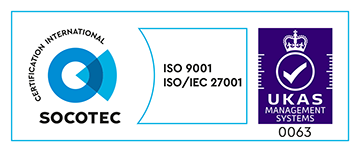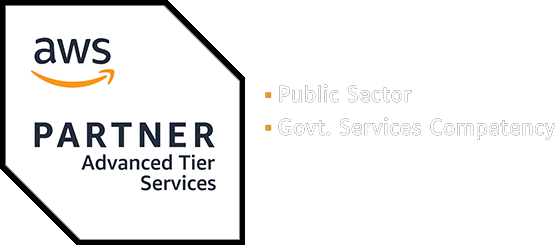Dan Healy, with 25 years of design experience shares his insights on planet-centred design and how leaders can drive change. He’s navigated diverse industries from the complexities of the civil service to the cutting-edge of the space sector. Currently, as Head of Interaction and Service Design at Made Tech, Dan continues to champion user-centred principles while advocating for a more sustainable approach to design.
Q: When did you start to become interested in planet-centred design?
For me, the importance of planet-centred design really started to become clear when I was working in the space sector. As the name suggests, planet-centred design is about considering the sustainability and the planetary impact of our actions.
To explain, let’s take an extreme example from my time in the space sector. A lot of the projects that my company was involved in needed satellite imagery or data. There was a sense that the planetary impact of launching a satellite into space was a necessary part of finding out whether the wider problem that we were trying to solve could be solved.
For me, this was the wrong approach. We should be considering whether launching a satellite into space is justifiable as a result of the research, prototyping and testing that we’d done on earth. That’s fundamental to planet-centred design and de-risking delivery.
I was passionate about expanding what we consider to be our ecosystem as planet Earth to a little bit further out. For example, why aren’t we considering low Earth orbit as part of our ecosystem? Because that has a sustainability impact on us too.
Q: How does planet-centred design differ from traditional user-centred design?
Essentially, planet-centred design is about looking at the service design of something from a much wider perspective.
With traditional user-centered design, we might focus solely on the user’s immediate needs. But planet-centred design forces us to zoom out and consider the broader consequences. It’s about asking questions like:
- what happens when that thing is no longer valuable?
- how do we mitigate the risk of doing it?
- does the sustainability impact of this service justify its existence?
Planet-centred design is about moving beyond just utility and desirability for the user and adding in the long term impact to the planet as a key metric too.
Q: How important is it to challenge our ideas around sustainability?
Really important! It’s also important to remember that introducing a digital service doesn’t automatically mean it’s more sustainable, that’s something we need to factor in. As designers we need to consider the environmental impact of the things that we’re building as default. We need to question assumptions. We can do this in our everyday lives too.
For example, there’s the idea that by buying something like an e-reader, we’re reducing our carbon footprint. Interestingly that’s not always the case. While yes, e-readers do offer some environmental advantages by reducing the need for paper, their production and disposal also come with huge environmental challenges. They also don’t remove the planetary impact of producing all of the paper-based books that we already have on our shelves.
Q: How do you navigate the complexities of leadership when making those decisions?
There have been times in my career where I’ve been kind of terrified by the level of influence that I actually ended up creating for myself. There is such a thing as almost being too influential. By that I mean if you’re not being challenged, you end up almost having to challenge yourself to make sure you’re doing the right thing.
Constructive criticism and diverse perspectives are essential to avoid unintended consequences. You need people around you that are going to ask you questions – ‘are you sure that’s the right approach?’ rather than just saying ‘stop doing what you’re doing.’
Self reflection is also crucial. You have to be willing to question your own assumptions and biases. It’s important to remember to reflect as that allows you to continually learn and improve.
Q: So how can we integrate sustainability into our service design processes?
We can start by looking at service design from a much wider perspective. When designing services, think about the environmental pain points alongside your user’s pain points.
On projects an example of one way we might do this is in things like data centre choice. Is it a data centre powered by fossil fuels or is it a data centre powered by sustainably renewable energy? These are the kinds of questions we should be asking.
Another thing to consider when it comes to service design processes is our knowledge. Everyone should familiarise themselves with the new guidance on environmentally sustainable services added to the UK government service manual. It’s a good start and provides a great foundation for further action.
Finally, it’s crucial to actively advocate for user-centred and planet-centred design principles where we can. One way I’m doing this is by working across disciplines within Made Tech to create our own Sustainable Services Playbook – more on this soon. By working with some of our brilliant teams we’re focusing on how we can can factor sustainability into our ways of working. The playbook will provide a tangible resource for others to follow on their projects.
Q: How can leaders drive organisational change towards those more sustainable practices?
From my experience, leaders can drive change first. It’s about selling the job while simultaneously doing the job. This is what I had to do when I joined a previous company to redesign their learning management system. I had to show them what could be done, not just tell them.
My advice is to advocate for it in conversations, on projects and within organisations – even when it might be easier or more comfortable to stay silent. I always try to use my voice to amplify the importance of considering the planet in our design choices.
We need to make sure we’re articulating the environmental impact. This way we’ll be better placed to prioritise sustainability in decision-making and be able to foster a culture of awareness. An example of doing this in practice is when inviting third party suppliers to bid for projects, always asking them to explain their proposal’s environmental impact.
Ultimately, leaders need to create an environment where these principles are valued and implemented – as default.
Q: You’ve mentioned the importance of integrating sustainability. Are there any specific initiatives or resources you’d recommend to get started?
Absolutely. One resource that’s been particularly valuable is the recent addition to the UK government’s service manual I mentioned earlier. But beyond that, it’s about building a community and sharing knowledge.
For instance, I helped organise a guest speaker slot about a year ago for the Made Tech team with Ned Gartside. He’s a service designer who’s deeply invested in planet-centred design, or as he might call it, ‘designing for greener services’.
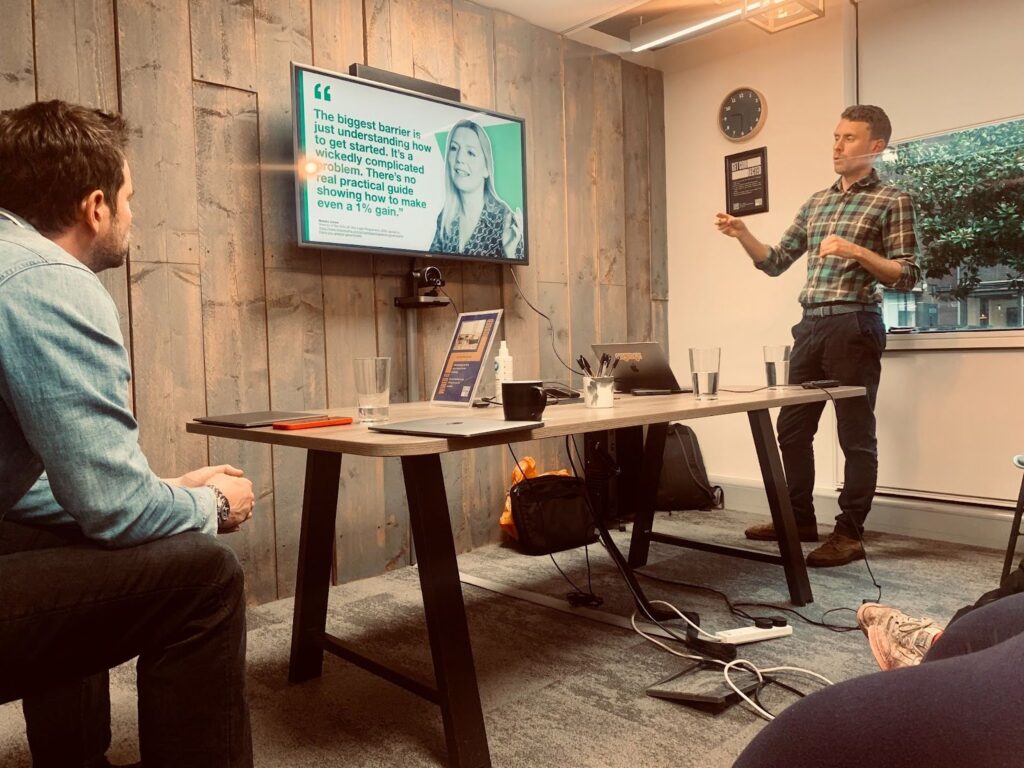
Hearing from experts like Ned, who are actively working in this space is a great way to learn and find inspiration. It’s about staying engaged with the conversation and seeking out those who are pushing the boundaries of sustainable design.
Q: What are some of the ways you engage with the broader design community yourself?
I speak at academic and design conferences when I can. I’ve been lucky enough to speak at UX Scotland a couple of times and I’m going back there again this summer. I’ve delivered a paper at the Chartered Institute of Ergonomics and Human Factors conference and I also spoke at the User Experience Professional Association’s International Conference in Austin, Texas a couple of years ago which was really fun.
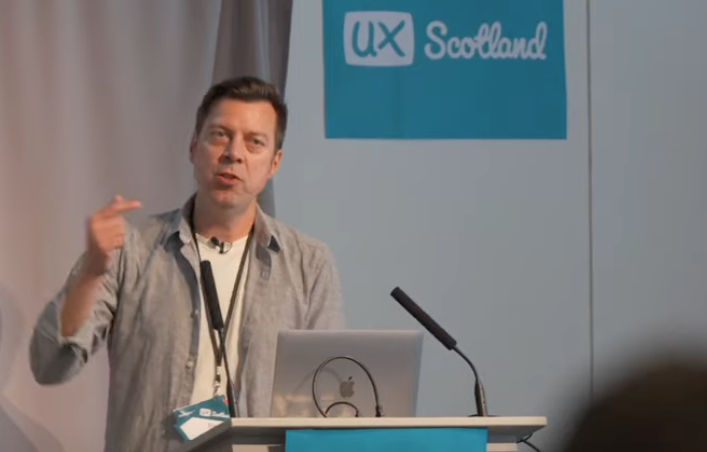
Recently I’ve delivered a talk for Manchester Metropolitan University’s School of Digital Arts. And I’ve spoken to the masters students studying user experience design at Loughborough University’s Design School too. I really enjoy this and see it as me doing my bit to help to guide the designers of tomorrow.
I think it’s important to pass on what you’ve learned and also to use my privilege to challenge and push for positive change in the design community and beyond. Otherwise, what’s the point?
To stay up to date with exclusive event updates and our latest content on sustainability sign up to our newsletter.


